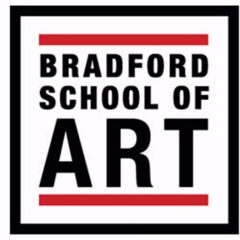I was asked to conduct primary and secondary research into audience, market, and production of film and compare the codes and conventions.
Audience:
Audiences for films are generally very widespread as all ages can essentially enjoy film, this ranges from toddlers to elderly, the main age ratings for film within the UK are (U,PG,12,12A,15,18,R18) this makes different types of films accessible to different types of people, for example a 14 year old cannot view a 15+ movie.
Production:
Alot of production work goes into creating a film, which is split up into 3 phases, Pre-production (ideas,pitches,scenes,characters,script etc) Production (Filming, travelling, acting etc) and Post-Production (Editing, SFX, post filming etc.) these phases are integral to the production of a film, as if one of them is rushed or one of them isn’t worked on enough it can put the whole film in jeopardy.
Codes:
S – Symbolic Codes
W – Written Codes
A – Audio Codes
T – Technical Codes
Symbolic codes are codes that represent certain things and may mean certain things to different people, such as religion, faith, spiritualism etc, this could be represented through things such as religious objects, phrases, banners etc, symbolic codes can also represent things through colours and objects, even body language.
Written codes are codes that are represented through written things such a street signs, letters, posters, speech and dialogue too, even a picture in a magazine could represent something, most written codes are something the characters dont notice, and are for the audience to interpret.
Audio Codes are codes that are represented by music, audio, dialogue, background sounds etc, anything that makes a sound essentially, alot of important themes and genres have certain audio codes, such as the famous Wilhelm scream, genres like horror also twist this by including no audio to make a scene more suspenseful.
Technical Codes are represented through things such as camera angles, stage lighting, special effects, graphics, editing etc, these can symbolise and represent many different things and help make the movie better, a certain camera angle can change the whole mood of a scene, much like editing.
Conventions:
Movies have many different conventions depending on their genre, unlike codes which apply to every movie, conventions apply to specific movies depending on what they are based on, such as a Sci-Fi movie having different conventions to a Western, conventions are recurring themes in movies, such as certain characters or events taking place depending on the theme, tropes such as time travel for Sci-fi, bars and guns for Western.
Here are some examples of conventions for different movie types;
Sci-Fi conventions include things such as time travel, teleportation, space travel, aliens, futuristic tech, AI.
Western conventions include barfights, revolvers, guns, horses, carriages, banks, dynamite.
Horror conventions can include things like scary monsters, weapons, darkness, violin, lack of sound, killers and murderers.
Crime conventions may include stuff like bodies, murder, witnesses, crime, smart detectives, corrupt systems, drugs and alcohol.

